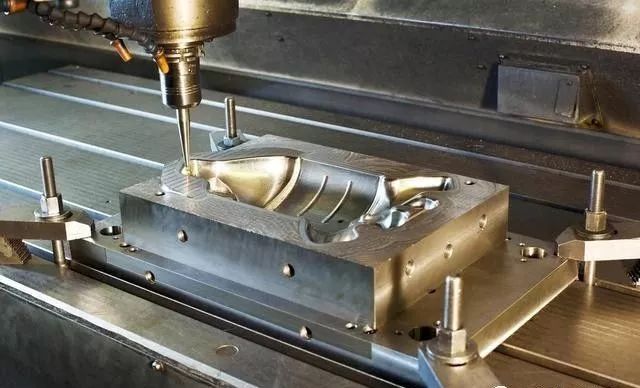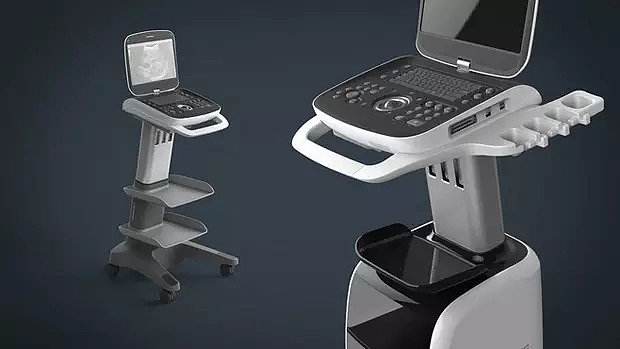I. There are several reasons for elastic deformation of parts in CNC machining.
For one, if the internal structure of certain parts contains thin sheets, there will be higher requirements for the operation method. Otherwise, when positioning and clamping the parts, they cannot correspond to the design of the drawing, which can easily lead to elastic deformation.
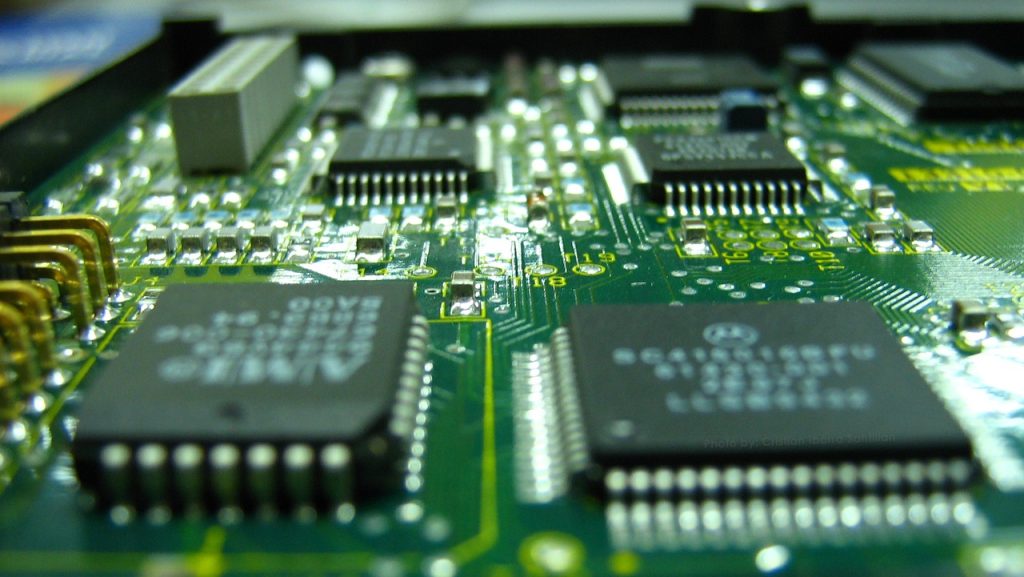
Secondly, the lathe and fixture are not smooth, so that the parts are not evenly stressed on both sides of the fixed, resulting in a small force on the side of the cutting in the force of translation will appear parts deformation.
Three is in the process of processing parts of the positioning is not reasonable, so that the rigid strength of the parts to reduce. Fourth, the existence of cutting force is also one of the reasons for elastic deformation of parts. The elastic deformation caused by these different reasons indicates the influence of external force on the machining quality of mechanical parts.
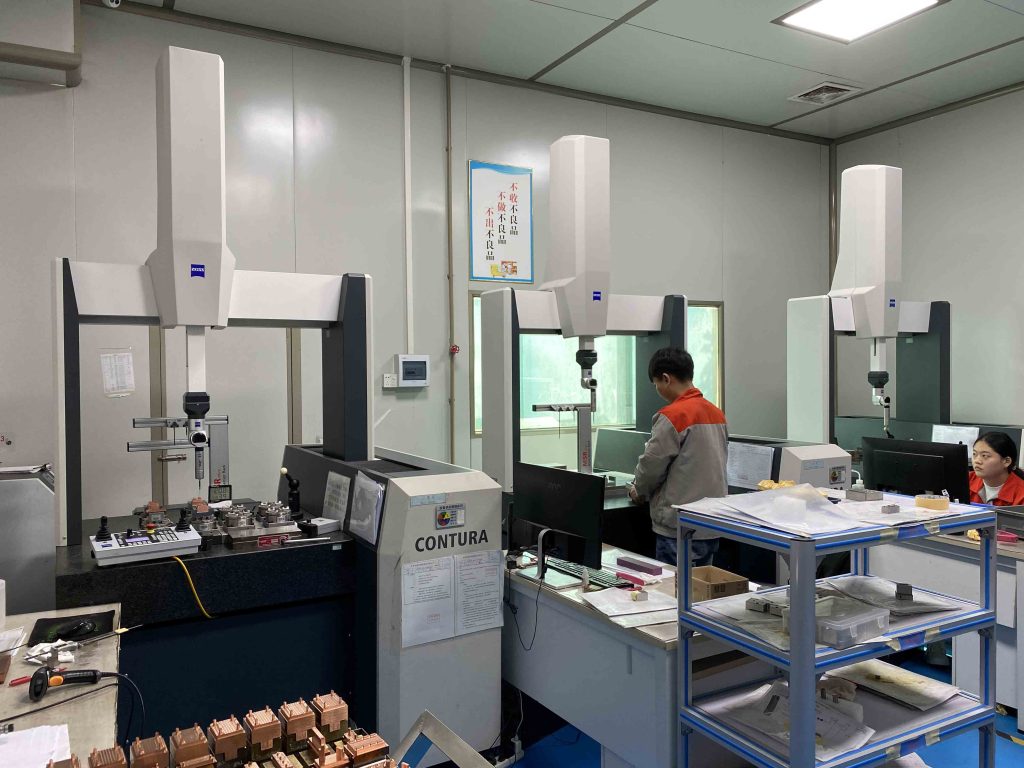
II. Improvement measures for machining deformation of mechanical parts
In the actual parts processing, there are many factors that lead to parts deformation. In order to solve these deformation problems fundamentally, operators need to explore these factors seriously in practical work and formulate improvement measures in combination with the essentials of work.
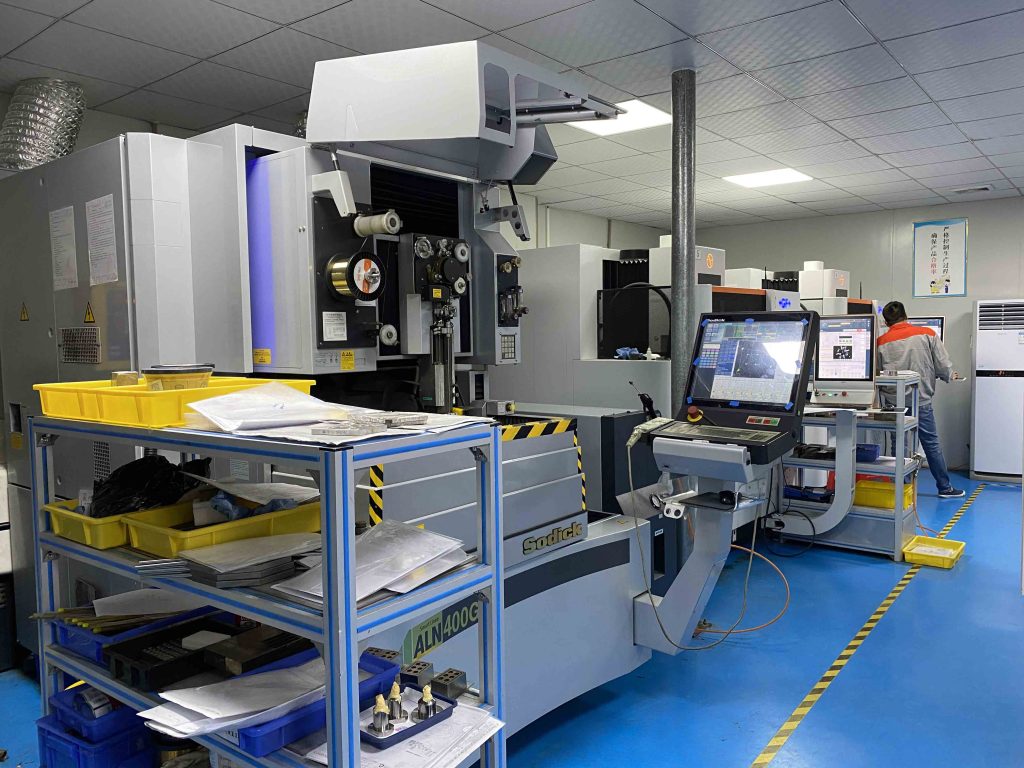
1,.Use special fixture to reduce clamping deformation
In the process of machining mechanical parts, the requirements for refinement are very strict. For different parts, select different special tooling, can make the parts in the process of processing is not easy to appear displacement. In addition, before processing, the staff also need to carry out the corresponding preparation work, a comprehensive check of fixed parts, drawings, check the position of mechanical parts is correct, in order to reduce clamping deformation.
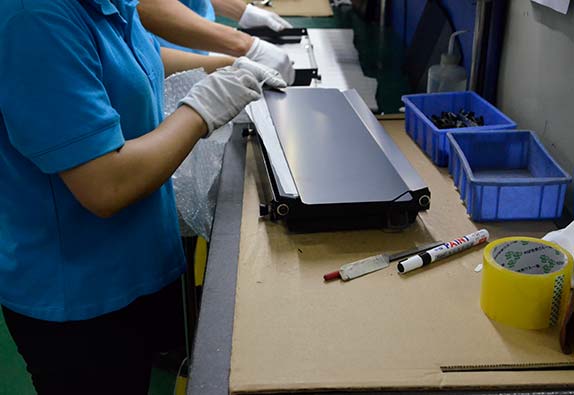
2,.Finishing machining
Parts after heat treatment are susceptible to deformation. Therefore it is necessary to take measures to ensure the safety of the parts. After processing, the natural deformation of mechanical parts should be repaired using professional tools.
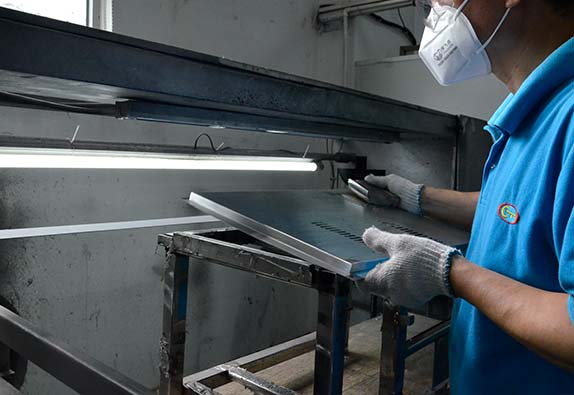
Trimming and machining of machined parts. This is done in accordance with the standard requirements of the industry. This ensures the quality of the part and extends its service life. This method is most effective after the part is deformed. If the part deforms after heat treatment, it can be tempered after quenching.
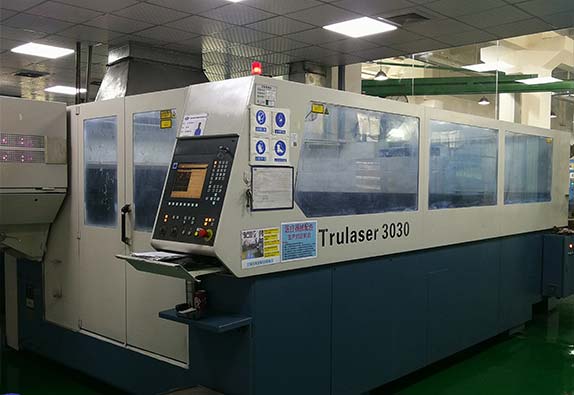
Because there is residual austenite in the parts after quenching, these materials are converted to martensite at room temperature, and then the body expands. When processing parts, we should take every detail seriously, so that we can reduce the probability of deformation of parts, grasp the design concept on the drawing, according to the production requirements, so that the products produced meet the standard, improve economic benefits and work efficiency, so as to ensure the quality of mechanical parts processing.
3,.Improve the quality of blank
In the specific operation process of various equipment, improving the quality of hair embryo is the guarantee to prevent the deformation of parts, so that the processed parts meet the specific standard requirements of parts, and provide a guarantee for the use of later parts. Therefore, the operator needs to check the quality of different blank, the existing problems of the blank, to replace in time, to avoid unnecessary problems.
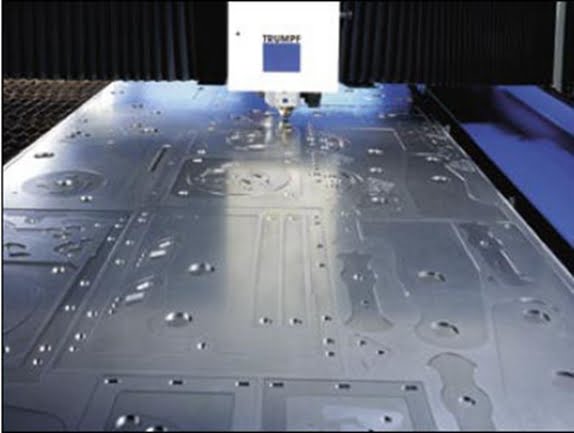
At the same time, the operator needs to select reliable blanks according to the specific requirements of the equipment, so as to ensure that the quality and safety of the processed parts meet the standard requirements, and then extend the service life of the parts.
4,.Increase stiffness of parts to prevent excessive deformation
When mechanical parts are machined, the parts can be deformed because the safety performance can be affected by many objective factors. Especially the stress shrinkage phenomenon after heat treatmentTherefore, in order to prevent deformation phenomenon, technical personnel need to choose the appropriate heat limit type treatment, and then to change the stiffness of the parts. This needs to combine the performance of the parts, the use of appropriate heat-limiting treatment measures, so as to ensure safety and reliability. Even after heat treatment, there will be no obvious deformation.
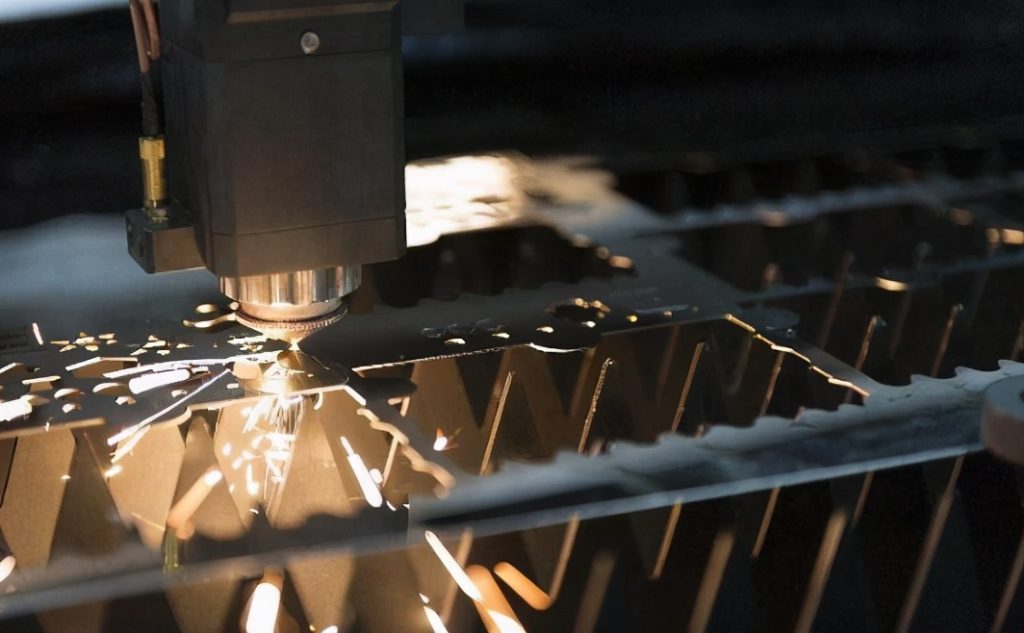
5,.Measures to reduce clamping force
Machining parts with poor stiffness, we have to take some measures to improve the stiffness of the parts.
For example, increase the auxiliary support. We should also pay attention to the contact area between the fastening point and the part, and choose different clamping methods according to different parts. For example, when processing thin-walled sleeve parts, you can choose a flexible shaft device for clamping, and pay attention to the fastening position should be selected for good rigidity.
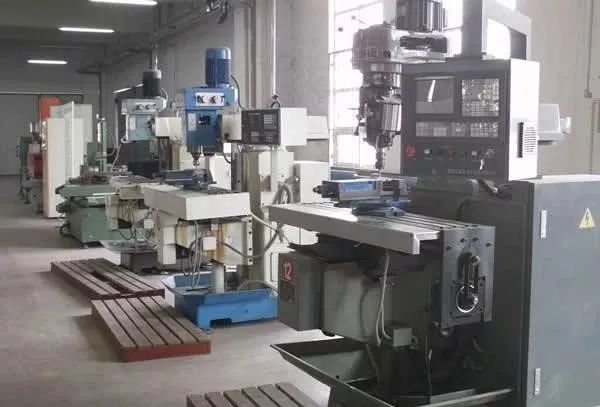
For long axis mechanical parts, two ends of positioning can be used. For parts with very large diameter, clamp both ends together.
Do not clamp one end and suspend the other end. In addition, when processing cast iron parts, the design of fixture needs to increase the rigidity of the cantilever part for the principle.
A new type of hydraulic clamping tool can also be used to effectively prevent the quality problems caused by clamping deformation in the process of machining parts.
6,.Reduce cutting force
Pay attention to the Angle of cutting in order to reduce the cutting force. Can try to increase the cutting tool front Angle and the main Angle, so that the blade sharp, and a reasonable tool in the turning of the size of the turning force is also very important.
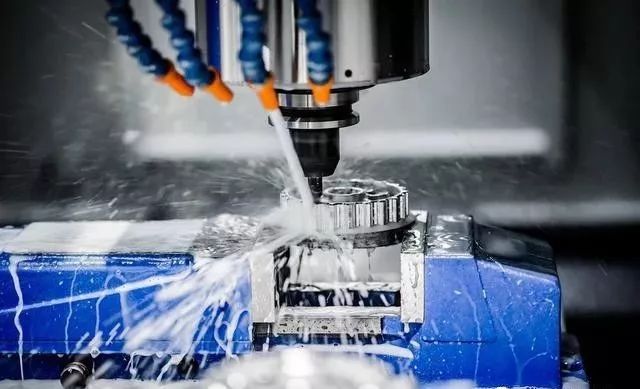
For example, in the turning of thin-walled parts, if the front Angle is too large, will make the wedge Angle of the tool become larger, accelerate the wear rate, deformation and friction will be reduced, according to the size of the different tool can choose the front Angle. If high speed tool is selected, the best front Angle is 6° ~ 30°; If the use of carbide tool, the front Angle of 5° ~ 20° is the best.
